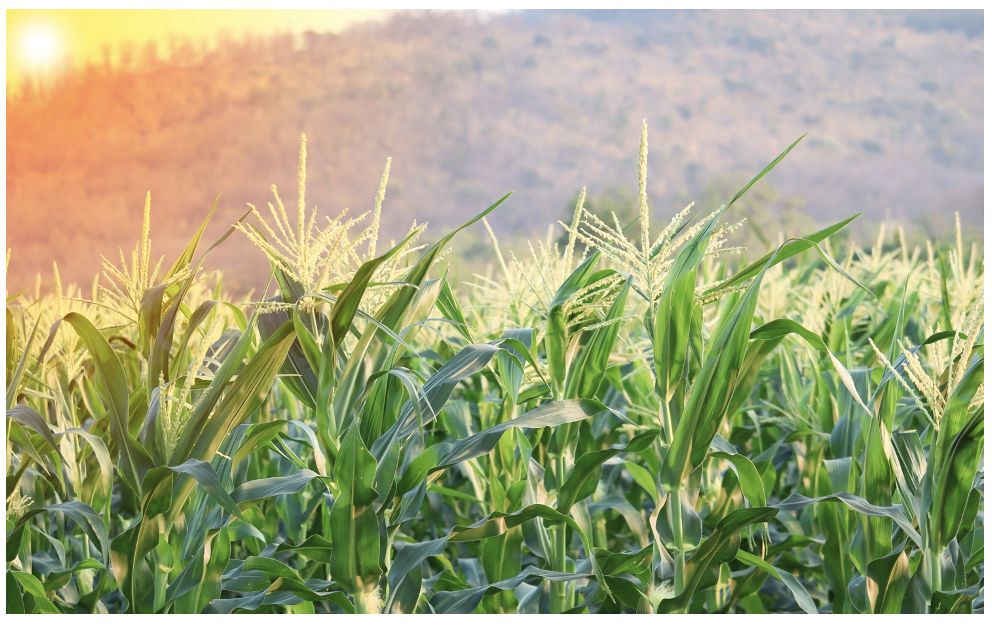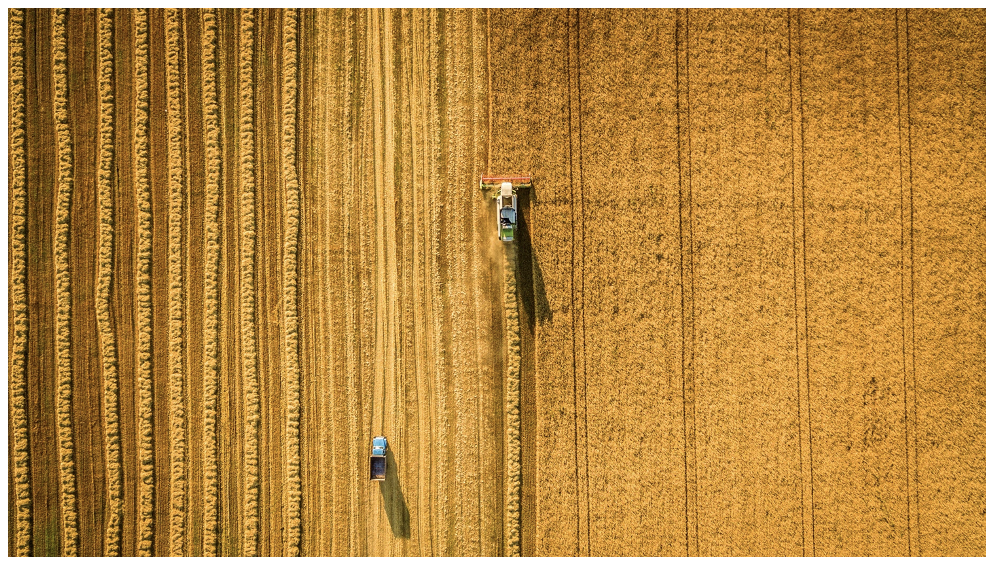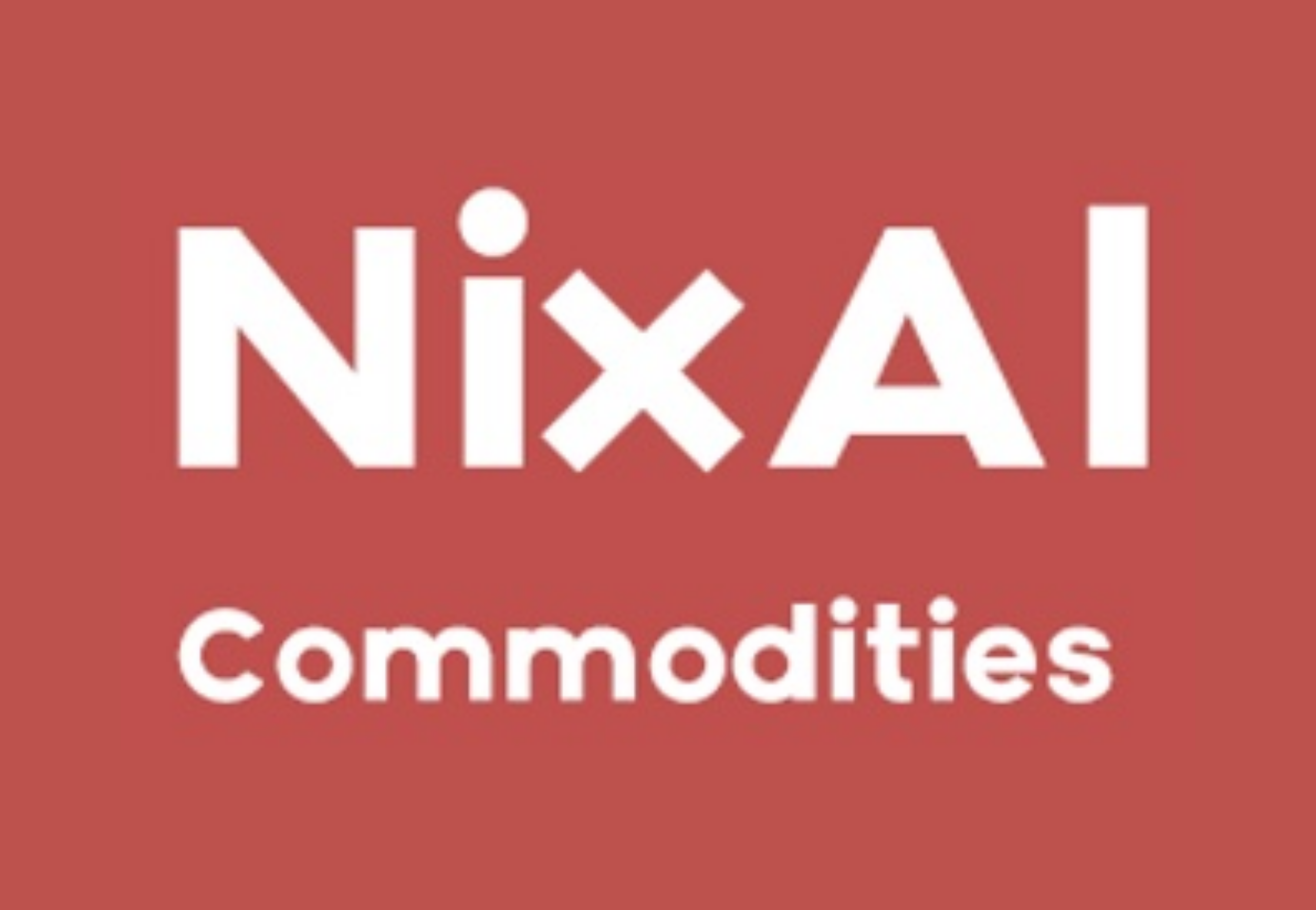
- We don’t think fertilizer prices will drop until at least Q2 next year.
- Wheat acreage and yields could drop as a result.
- Corn producers will need fertilizer in Q3, so similar issues could arise here.
Nixal’s Forecast
Our 2021/22 price forecast for Chicago corn (Sep/Oct) remains unchanged in a range of 4.5 to 5 USD/bu. The average price since the start of the new crop is running at 5.32 USD/bu.
Market Commentary
Chicago corn started the week strong as demand for ethanol production virtually matched the record set in December 2017. Corn was then sold on profit taking and expectations of higher production.
Brazil’s first corn crop is 63% planted, up 9% year-on-year. Soybean planting is still progressing at its second fastest rate on record and is 52% complete. This leaves plenty of time to plant the second corn crop once the soybean has been harvested. So, almost everything looks good for Brazilian corn, apart from the fact that fertilizer is expensive at present and could result in lower yields if producers are unable to buy sufficient amounts.

On the wheat front, strong buying from Saudi Arabia last Monday fueled a rally but the market traded lower for the rest of the week, both in the US and EU.
Russia’s spring wheat harvest is 97% complete, but it could increase its wheat export tax by 2.9 USD/mt imminently. As it stands, its exports are down 14% year on year.
Russia, the largest fertilizer exporter in the world, has also decided to set a six-month export quota on fertilizer, which will be implemented on the 1st December. This should help the country guarantee local supply. The quota will mean it can export just 5.9m tonnes of nitrogen-based fertilizers (key for corn and wheat), down from 13.7m tonnes last year.
US winter wheat planting is 87% complete, down 1% from the five-year average. It currently ranks 45% good to excellent, up 2% year-on-year.

The November WASDE arrived on Tuesday and made no changes to old crop corn ending stocks. New crop yield estimates were increased by 0.5 bushels per acre, resulting in 43m bu more production. Ethanol demand was increased by 50m bu, so closing stocks were down 7m bu from the October report (immaterial to the market).
Global corn opening and ending stocks were increased by 1.9m tonnes and 2.68m tonnes respectively.
The WASDE was neutral for US Wheat, leaving production unchanged, lowering imports by 10m bu, increasing consumption by 2m bu and lowering exports by 15m bu (also immaterial to the market).
Global wheat production was reduced by just 590k tonnes whilst demand was increased by 370k tonnes. Closing stocks now sit at 1.38m tonnes. The USDA increased Russian wheat production by 2m tonnes, but French and German production estimate dropped.
We don’t think the USDA addressed the fertilizer crisis. The Northern Hemisphere’s winter wheat producers will need fertilizer in the coming months, and we don’t think nitrogen-based fertilizer prices will drop before Q2’22. This could mean wheat yields and area reduce.
Northern Hemisphere corn will be planted in Q2’22 so some producers will need fertilizer during Q3 as well. By that time, natural gas and fertilizer prices could well have returned to normal, so it’s therefore unclear whether corn will be subject to the same pressure as wheat.

Other Opinions You Might Be Interested In…
- How the Fertilizer Crisis Impacts CS Brazil’s Sugarcane Sector
- US Corn Farmers Benefit from Record Ethanol Margins















